- 12
- 15shares
- Like
- X
- Digg
- Del
- Tumblr
- VKontakte
- Buffer
- Love This
- Odnoklassniki
- Meneame
- Blogger
- Amazon
- Yahoo Mail
- Gmail
- AOL
- Newsvine
- HackerNews
- Evernote
- MySpace
- Mail.ru
- Viadeo
- Line
- Comments
- Yummly
- SMS
- Viber
- Telegram
- Subscribe
- Skype
- Facebook Messenger
- Kakao
- LiveJournal
- Yammer
- Edgar
- Fintel
- Mix
- Instapaper
- Copy Link

The Wildrose Charcoal Kilns are a remote historical site in Death Valley National Park. These ten beehive-shaped masonry structures are a testament to the region’s mining history and were constructed in 1877 by the Modock Consolidated Mining Company. They were used to produce charcoal for the mining operations at Lookout City in the Argus Mountain Range. Wildrose Charcoal Kilns are the best-preserved examples in the western United States.

Construction in 1887
The Charcoal Kilns, located in a remote area, have remained free from graffiti and vandalism, preserving their historic significance since their construction in 1887. These kilns were only used for about two years before more economical sources of charcoal were discovered. Although there isn’t much else to see at the site, history enthusiasts should consider visiting this historic location during their next visit to Death Valley National Park.
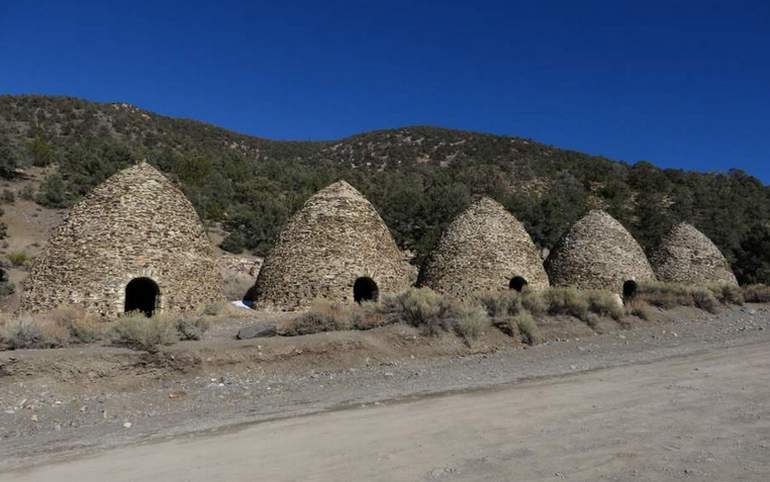
Tent Town Wildrose Charcoal Kilns
During its peak, the Wildrose Charcoal Kilns engaged approximately 50 workers, including woodcutters, charcoal burners, cooks, and mule-train packers. There were no permanent buildings; workers slept and cooked in tents near the kilns. While in operation, the kilns could hold 42 cords of wood that were slowly burned for two weeks, producing about 2,000 bushels of charcoal. Charcoal was the preferred fuel for smelting because it burned more slowly than wood and generated much greater heat, making it perfect for refining ores.
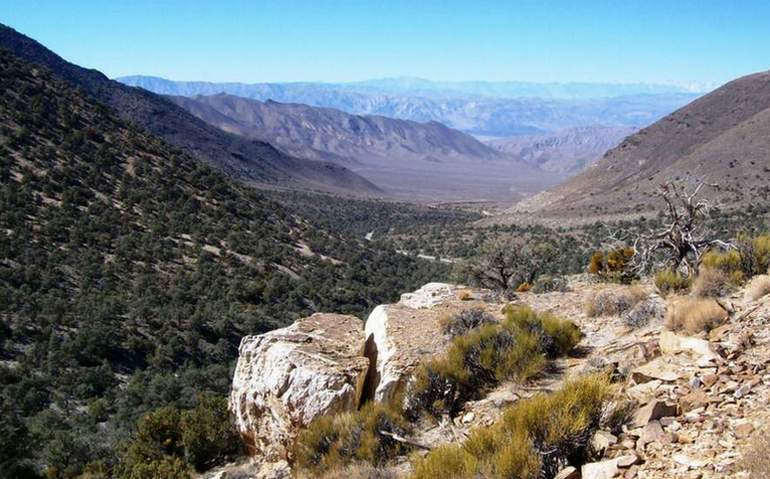
Lookout City: Boom and Bust Mining Town
The charcoal was loaded onto mules and hauled down Wildrose Canyon, across Panamint Valley, and up a steep pack trail to Lookout City. At its peak, Lookout City had a ten-stamp mill, two 60-ton furnaces, several saloons, and a general store. However, like many mining towns of the time, Lookout City’s prosperity depended on the mines’ success. When the Modoc mine closed in 1878, the town became a ghost town. Lookout City Ghost Town is about 15 miles southeast of Panamint Springs and requires a 4WD vehicle and a short but strenuous hike. The foundations of a few buildings and a section of the pack trail used to transport the ore and charcoal are still visible today.

Wildrose Peak Trail: Stunning Views and a Challenging Hike
The Wildrose Peak Trail begins at the north of Charcoal Kilns. The trail is a 9-mile round trip with an elevation gain of 2,200 feet. It’s considered a strenuous hike, but the views from the summit are well worth the effort. Along the way, you’ll pass through a forest of pinyon pines and junipers and eventually reach the summit, which offers views of the Black Mountains in the distance and the Death Valley salt flats below. Even if you don’t get to the summit, the trail still provides fantastic views of the canyon and the Panamint Mountains.
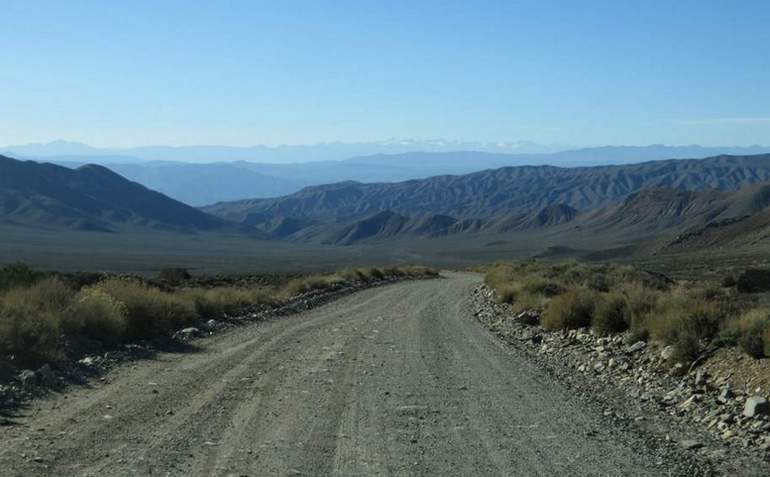
Getting to Wildrose Charcoal Kilns
The journey to the Wildrose Charcoal Kilns is as adventurous as informative. Start by heading West on Highway 190, a scenic route over 9 miles from Stovepipe Wells. Turn left on Emigrant Canyon Road, a road that promises stunning views. The drive up the canyon, about twenty miles, leads you to the picturesque Wildrose Campground. Continue past the campground for 8 miles to reach the Kilns. The last two miles, a gravel road, add a touch of excitement to the journey. Please note that this road can be bumpy and dusty, so be prepared for some off-road driving. However, it can be easily traversed by a passenger car. Visit the park website.
You Might Like These Trip ideas
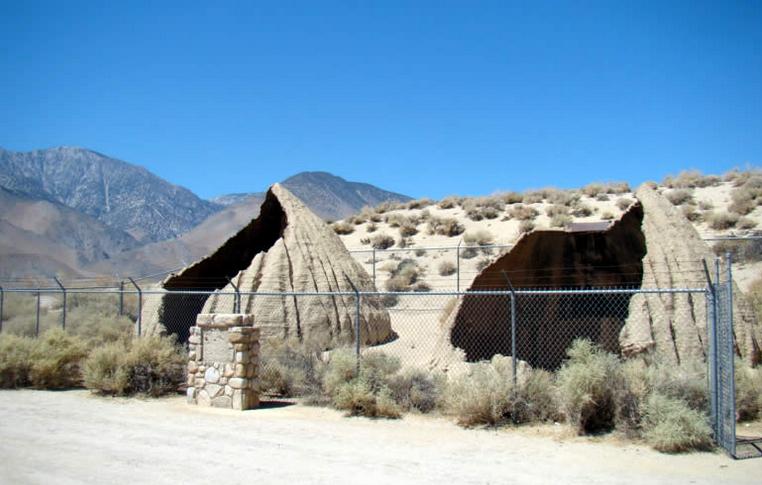
Owens Valley Cottonwood Charcoal Kilns
These kilns were built in 1873 by Colonel Sherman Stevens as part of a larger operation that included a sawmill and a flume system to transport lumber and charcoal across Owens Lake to the Cerro Gordo mines. The lumber was used for timbering in the mine and buildings, while the charcoal was used to smelt the silver ore. Over time, the kilns have been slowly decaying, but a roof has been built over the historic beehive-shaped ovens to preserve them for visitors.
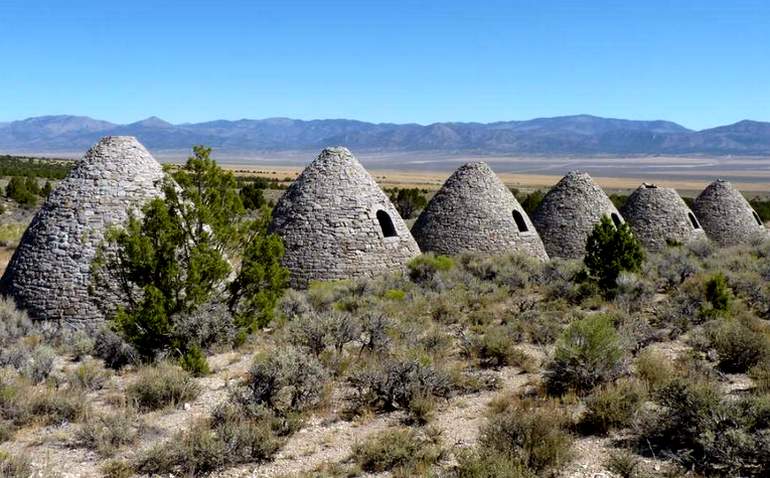
Discover Nevada’s Ward Charcoal Ovens
The six massive stone ovens were built in the late 1870s to produce charcoal for the local silver mining smelters. They can be considered the original charcoal briquettes on a much larger scale. The Kilns are an impressive 30 feet tall and 27 feet in diameter at the base; the ovens were constructed using local materials. Ward Charcoal Ovens State Historic Park is located south of Ely, Nevada, in White Pine County.
- 12
- 15shares
- Like
- X
- Digg
- Del
- Tumblr
- VKontakte
- Buffer
- Love This
- Odnoklassniki
- Meneame
- Blogger
- Amazon
- Yahoo Mail
- Gmail
- AOL
- Newsvine
- HackerNews
- Evernote
- MySpace
- Mail.ru
- Viadeo
- Line
- Comments
- Yummly
- SMS
- Viber
- Telegram
- Subscribe
- Skype
- Facebook Messenger
- Kakao
- LiveJournal
- Yammer
- Edgar
- Fintel
- Mix
- Instapaper
- Copy Link